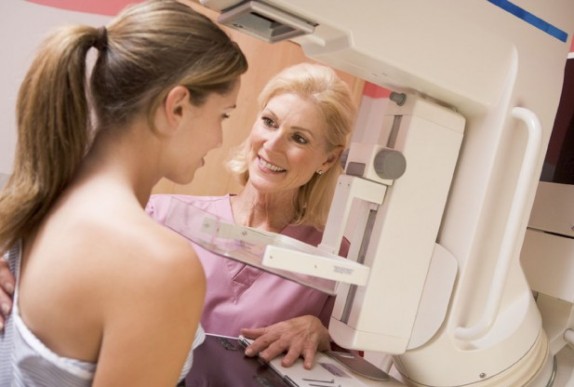Women were recommended to have a mammography annually but recently the scientists recommend reducing the number of the procedures to one every two years for US women, to help redirect the money toward other improvements in woman’s health. The previous program with a mammography a year could be replaced by the new one and thus, save up to $4.3 billion a year for the US healthcare system.
A team of researchers led by Dr. Laura Esserman support the guideline of recommending the frequency of mammography for women by age and other conditions which increase the risk of developing serious issues, rather than asking an annual check-up.
Looking at the figures
Dr. Esserman’s team came up with the results of 70% women being screened in 2010 with a cost of $78 billion. They also publish three alternative strategies with diminished costs, but same effectiveness.
American Cancer Society plan for screening – annual screening of 84% women in 40-84 group age with a $10.1 billion annual estimated cost.
European countries guidelines – biennial screening of 85% women aged 50-70 at an annual cost of $2.6 billion.
USPSTF recommendations – 85% screening rate for an annual cost of $3.5 billion.
The main cost factors in a screening were also identified by the team and were the frequency, the number of women screened, the cost of a mammography, the number of women screened with a digital mammography and the percentage of recalls.
Controversy arising
The matter of reducing the screening frequency cause a lot of controversy, as expected. Researchers pointed out that for normal-risk group of women a smaller number of screenings will help detect a malign tumor in time while reducing the risk of false positive results, which have a huge negative impact on a woman’s life quality. The money saved by the new program could be used to help the ill women and provide them with better care.
National organizations are hesitant
Dr. Esserman’s thesis was also commented by two eminent doctors in medicine from the University of Washington and Yale School of Medicine:Drs. Joann G. Elmore and Cary P. Gross. They both salute the initiative, but pointed out an overseen aspect:
“Beneficial patient-centered issues, such as the reassurance women feel after being screened, the early detection of lesions that allows for more treatment options, and the potential to save lives, are beyond the scope of the accompanying economic modeling study. However, they should be considered.”
The matter should be further discussed with national organizations, as the women in question and their healthcare providers don’t know the actual costs of the mammography, but the organizations had remained silenced in the matter, reluctant to talk costs.







